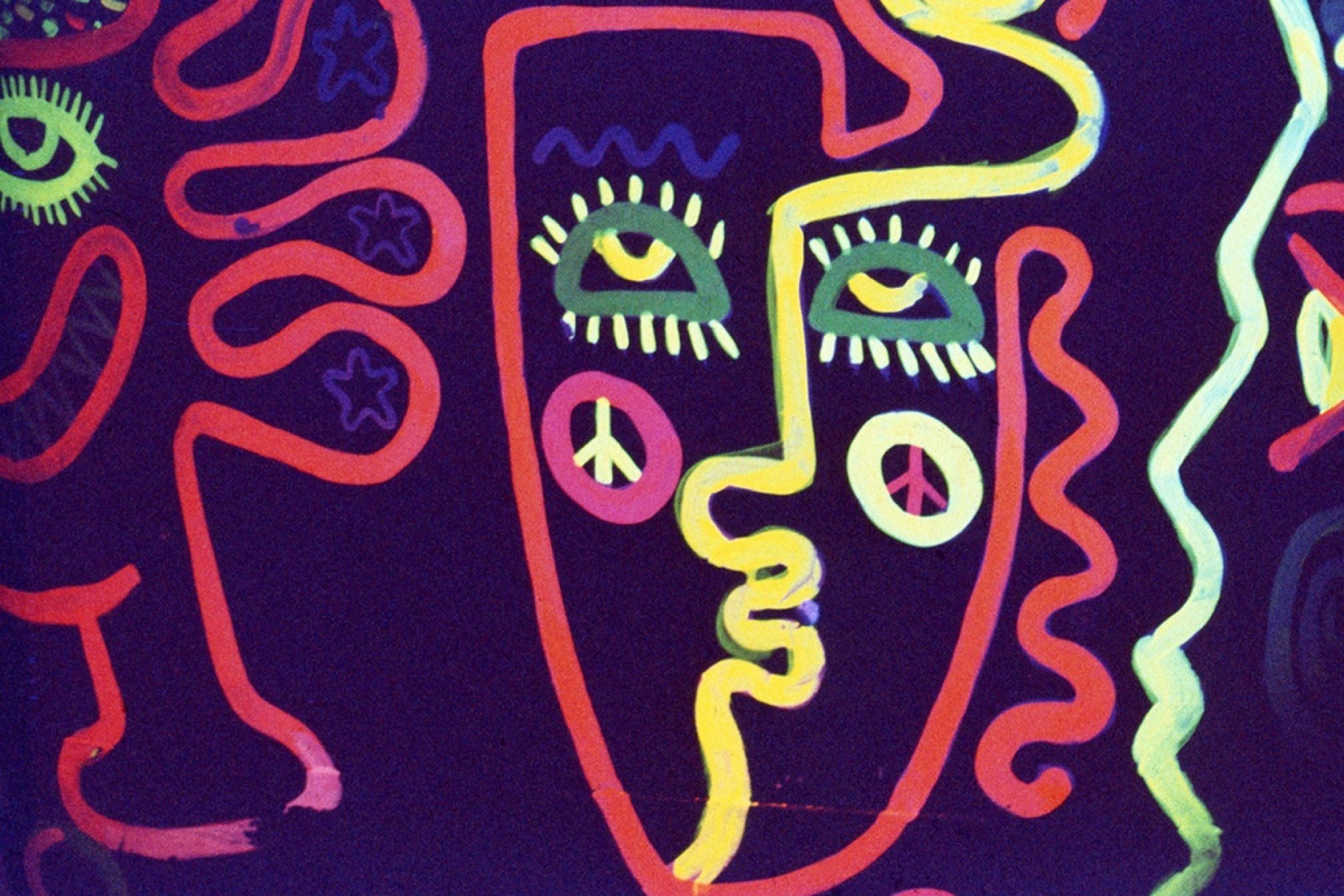 Features
Features
The Keyboard Wizards Of Acid House
Mixmag Records’ first ever vinyl release celebrates the pioneering instrumentalists of the rave explosion that was acid house
The world of electronic dance music is often referred to as ‘DJ culture’, and with good reason. Ever since the days of disco in NYC, or the rave explosion of the late 1980s, two decks and a mixer have been at the heart of the club experience. But what’s often forgotten is that just as acid house was exploding, a few groundbreaking artists were making the first bold steps towards performing dance music live.
In the days before laptops and sampling software, this was no easy matter. It meant lugging around hefty analogue equipment, sometimes with the police in pursuit; regularly playing events that weren’t set up for live acts; and using malfunctioning kit designed for temperature-controlled studios rather than wild, sweat-soaked dancefloors. Yet these pioneers persisted, setting the earliest template for the likes of Daft Punk, Deadmau5, Justice, Kygo, Above & Beyond and many thousands more.
“We came from a small village and no-one told us we shouldn’t play live,” explains Paul Hartnoll of Orbital. “The idea of not doing so would have been absurd to me. We’d bring all our stuff on stage and just jam our arrangements. In my head it was modelled on [70s synth originators] Tangerine Dream; that’s what they seemed to do.”
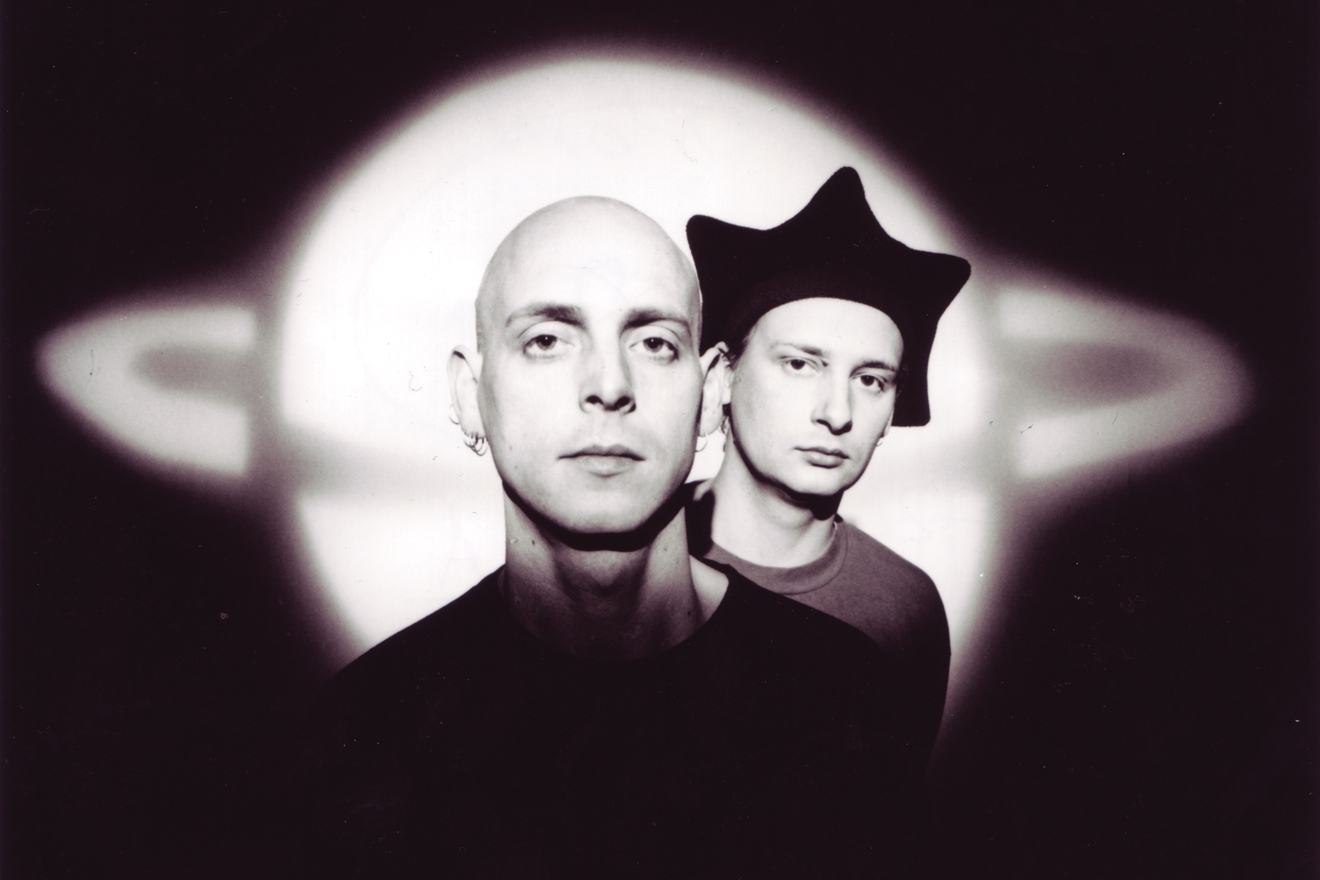
Orbital became the most successful of the new keyboard wizards (as these acts were then known), but there were many more. Across the UK acts such as The Shamen, Eat Static and Meat Beat Manifesto, and nights such as Oscillate and Club Dog, majored in live dance music. On Mixmag’s new, limited-edition vinyl release, ‘Keyboard Wizards Of Acid House’, we’re especially celebrating the particular character of those who played the seminal Brain Club at 11 Wardour Street. Let’s head straight to the London acid house maelstrom of 1989…
“The Brain was a club I started with Mark Wigan in Soho, seven nights a week,” recalls seasoned promoter (and curator of the album) Sean McLusky. “It was a psychedelic den over two floors – and Wednesday night was dedicated to live house music.”
The Brain was small, with a capacity of only 150, and walls decorated with eye-popping fluorescent art by Mark, but its reputation for lively eccentricity at all hours made it a key hang-out for a wide cross-section of London life, from pop stars such as George Michael and Boy George to pilled-up rockers Primal Scream and the Stone Roses, to underground DJs and even high fashion types (John Galliano, Christy Turlington).
“The Brain was a small, boutique club,” says Simon Mundey aka Mr Monday of early UK house tune ‘Future’, “but McLusky lit the blue touchpaper from which exploded a whole bureau of keyboard wizards.” At the time, house music was in its infancy, mostly on import from the US. British producers were just beginning to get a handle on it.
“They were only starting to get their heads around the equipment,” continues McLusky. “All these British kids were literally just picking up their first copies of original house stuff, so there was a lot of transatlantic tennis going on.”
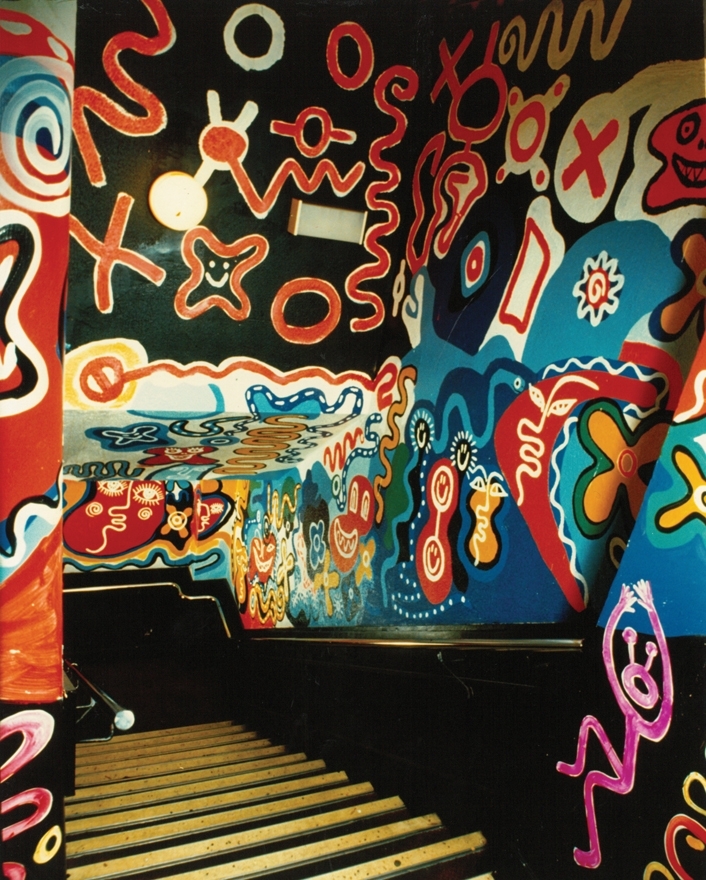
The Brain was a focus for live experimentation. Those who played there came from all manner of backgrounds. Adam Tinley had been in bands from an early age. His brother Mark had co-created one of the earliest UK house tunes, ‘The Garden Of Eden’, and introduced Adam to Chicago house pioneerJimi Polo who’d recently moved from the States.
The pair lived in adjoining bedsits above a kebab shop in Camden High Street and Tinley played keyboards on Polo’s club hit ‘Better Days’. The US producer turned him onto the Ensoniq SQ-80, a digital/analogue hybrid keyboard (“Prince had one”), and Tinley would jam with it at afterparties in the couscous restaurant where he worked, Le Petite Prince in Kentish Town. He was spotted there by promoter Lenny D (not to be confused with New York gabba pioneer Lenny Dee).
“My first public gig was a Heaven all-dayer on a Sunday afternoon,” recalls Tinley. “I was there on stage, kneeling on the floor with the keys and a drum machine because I hadn’t yet got round to buying a keyboard stand.”
Lenny D also invited Tinley to play his birthday, a Thames boat party full of scenesters, from Fabio & Grooverider to Mr C to maverick rave kingpin Tony Colston-Hayter. The gig offers started flying in. Together with his manager Phil Smith (who also owned The Petite Prince), Tinley concocted the live act Adamski. Within months, he was playing to thousands at massive raves such as Sunrise.
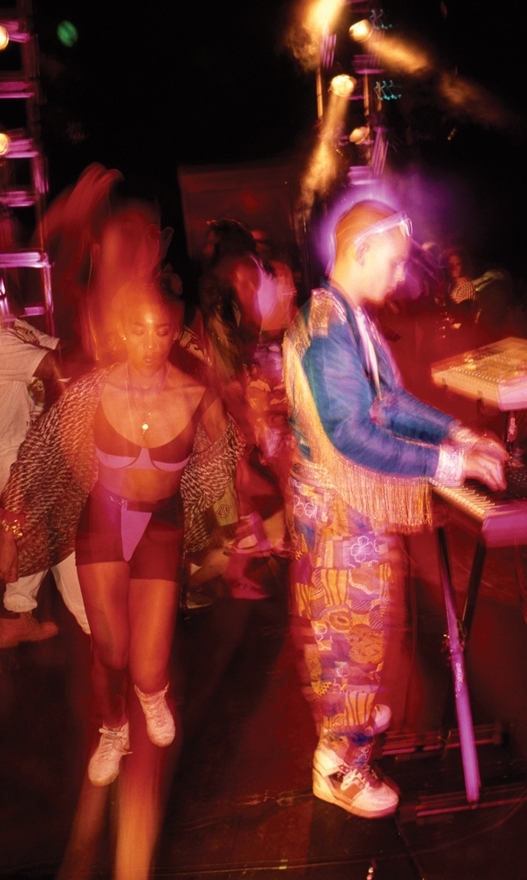
“He did Energy in a Portobello warehouse,” says Smith. “Paul Oakenfold was DJing as the keyboard was set up. He said, ‘Where’s your records? What are you doing?’ I had one record, the ‘Lohengrin Wedding March’ from the ‘Switched On Classics’ album [think ‘Here Comes The Bride’].
I’d play 20 seconds then hit the stop button, the deck would slow down and Adam would start with his SQ-80 and his Roland 909 drum machine. Oakenfold was walking away but he was suddenly straight back saying, ‘Who the fuck is this guy?’ By the end of Adam’s set he was trying to offer me a record deal.”
“It blew up very quickly – I was in the eye of the storm,” says Tinley. “I was billed at Sunrise as a “spinning musician” and I much preferred that. It made sense. I was playing between the DJs; sometimes DJs would spin acapellas over the top of my beats. There wasn’t a spotlight on me, and there was no real plan, but by the start of summer 1989 I was playing the Amnesia opening party in Ibiza.”
“Adamski was one of my early heroes,” says Paul Hartnoll. “He was doing it properly live, and for a while I used to stalk him. I loved the way he had such a simple set-up but really made it work.”
By the end of 1989 Adamski was signed to a major and released his ‘Liveandirect’ album, a representation of his instrumental rave set. Within another year he was working with Seal and had the global breakout hit ‘Killer’. The tune on our ‘Keyboard Wizards…’ record, however, dates from a more experimental session.
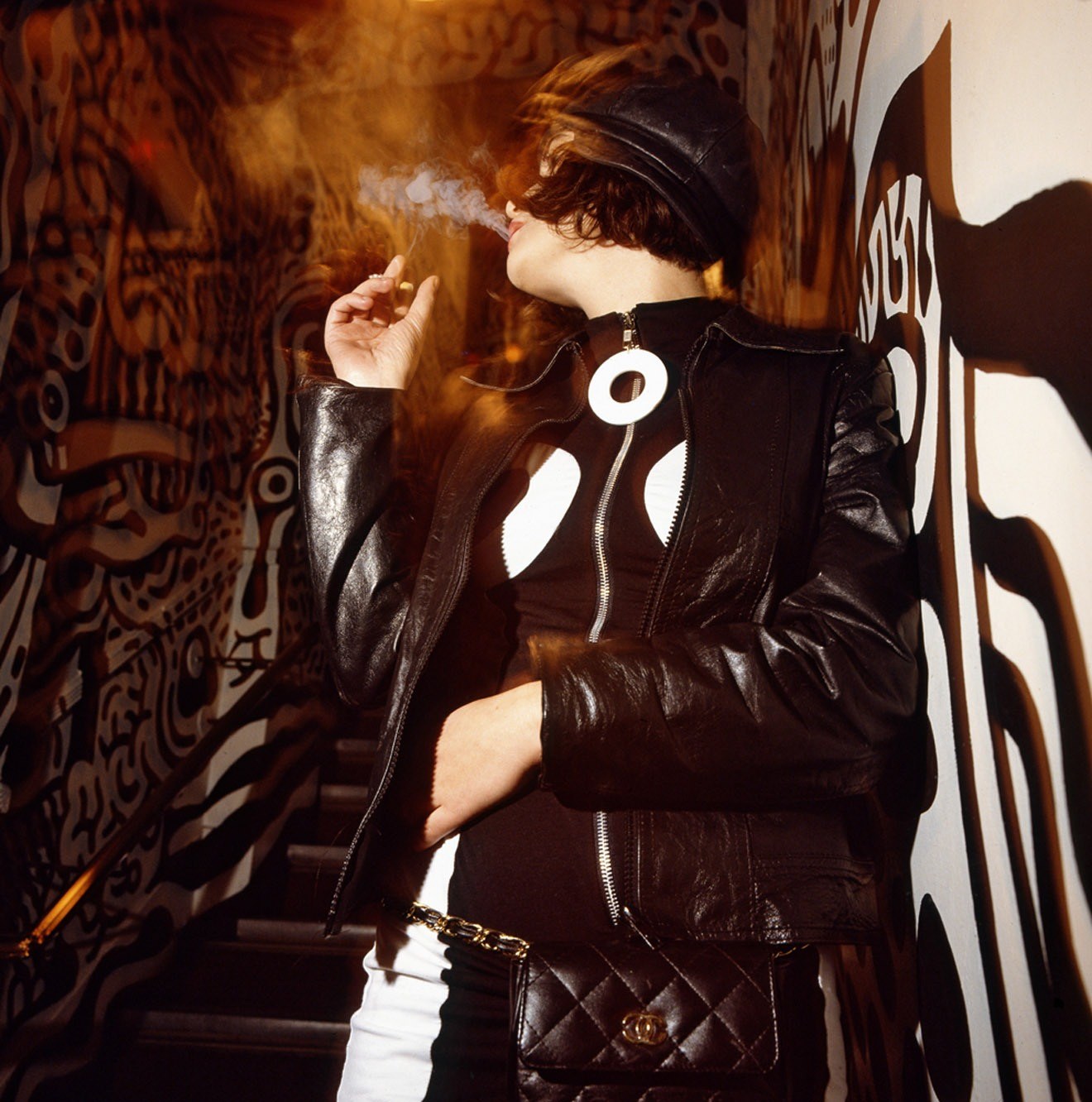
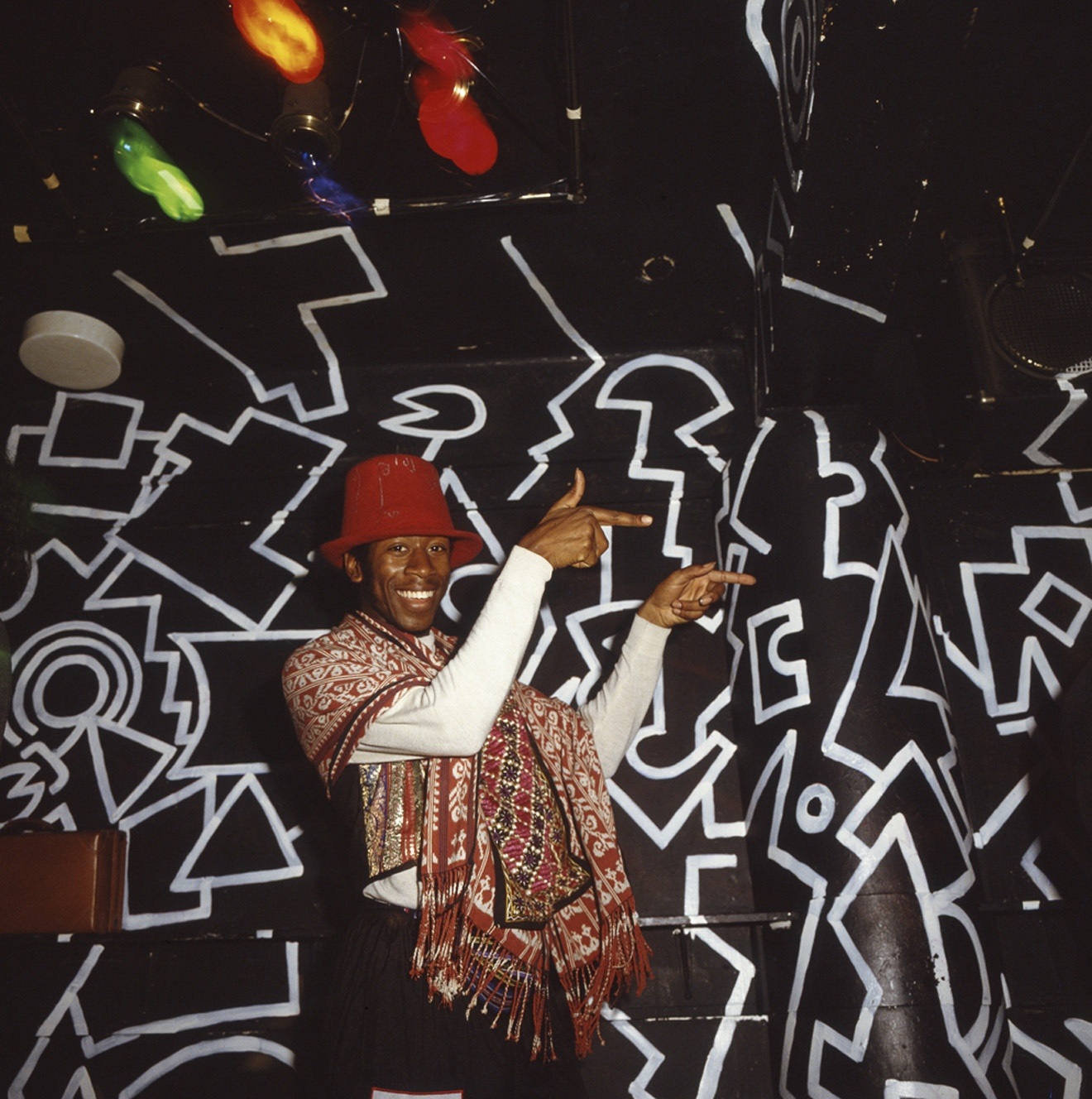
“Adam did play at The Brain but we didn’t record it because it was part of a filmed TV event,” explains McLusky. “But before Liveanddirect’ he’d already made another live album. Phil Smith set up a recording session at Porky Prime Cuts vinyl cutting room on Shaftsbury Avenue. They had a party, and Adam set his gear up and played it direct onto the cutting machine, no tape used at all, straight onto acetate then pressed up. We’ve taken a track off that – we’ve got a really rare one there!”
Adamski parted ways with Smith but his ex-manager was busy exploring the possibilities of live music. He recorded under the name 0898 Live (sending up the porn phone-lines advertised constantly on late night TV), and also worked with fellow UK synth pioneer Ramjac – Paul Chivers – on ambitious group projects.
“I played an eight-hour set at Bagleys with Paul Ramjac and Jonah Sharp from Spacetime Continuum,” he remembers. “We had eight keyboards in a row, all synced to one keyboard, quite unique. We’d play stately homes with three keyboards all locked together. We quite quickly got an ambient thing going upstairs at Heaven on Thursday nights, playing keyboards over old Tonto’s Expanding Headband records, and another great one was the chill-out room when Deee-Lite played Brixton Academy.”
In deepest south London things were also happening that came to McLusky’s attention. Ambient don Mixmaster Morris put on live nights in the back room of the Goldsmiths Tavern (now rebranded as the New Cross House pizza pub); meanwhile, in a dank studio behind an off-license in Bromley, Simon Mundey was contributing modular synth to cuts on the ‘Acid Beats’ cash-in albums knocked out by Tony Thorpe (of The Moody Boys). It wasn’t long before he too was drawn into keyboard wizarding.
“It happened purely by mistake,” he laughs; “right place, right time! Ramjac bought these fine red congas from the BBC stock room and had been playing house parties with them. He said, ‘Why don’t you come along – I need a keyboard player?’ Because he didn’t specify raves, just house parties, I had in mind some kind of posh manor for the landed gentry. So I did the gig and it turned out to be the Sunrise rave at White Waltham in Berkshire, the one the tabloids called ‘Ecstasy Airport’.
It was a baptism of fire, and an eye-opening moment. I was invited by [rave promoter] Anton The Pirate to follow that up with another one a few weeks later, and that was it. I was never keen on the name Mr Monday, but somehow I ended up with this bloody ridiculous moniker.”
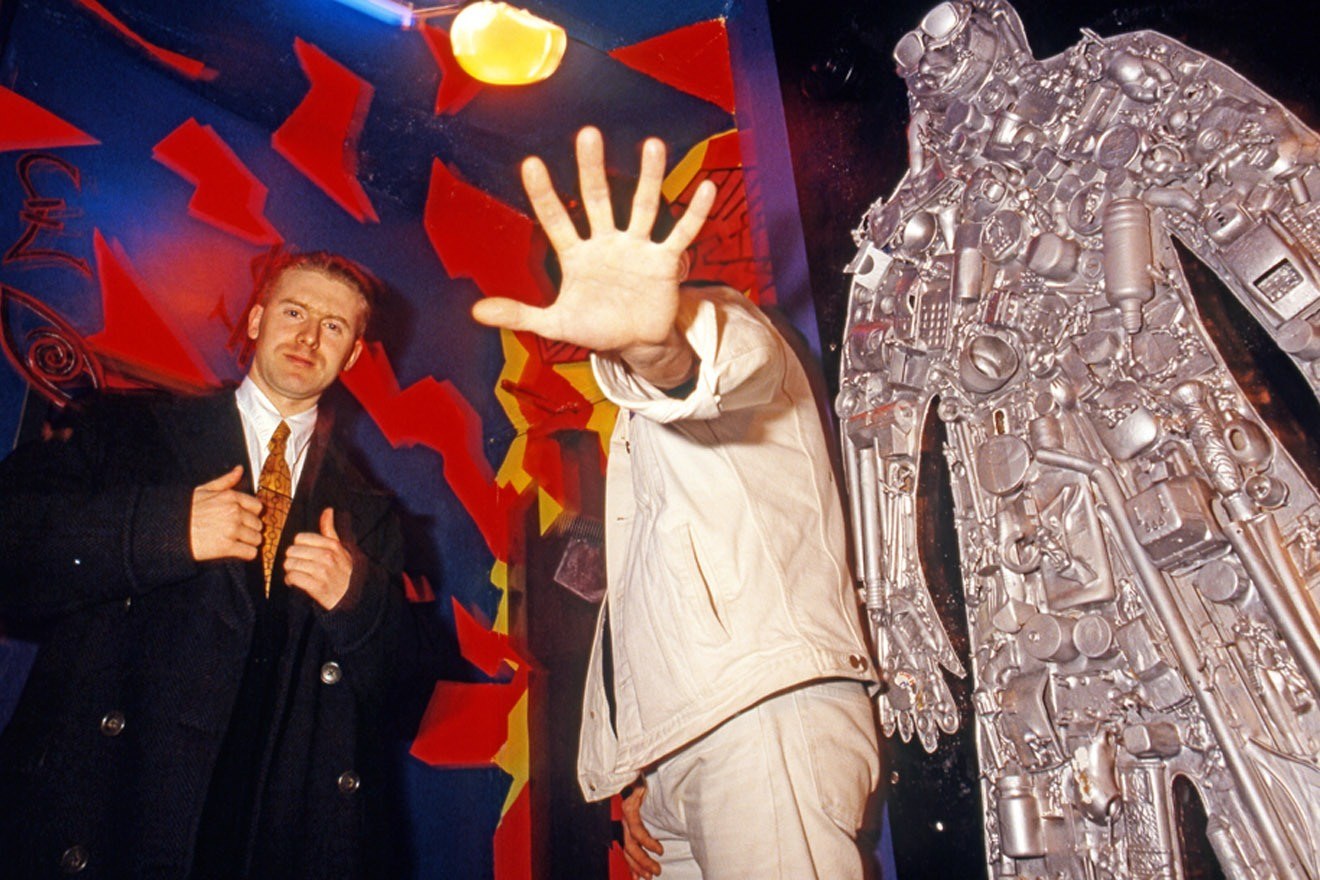
For Paul Hartnoll, part of his commitment to live shows was down to his discovery of what passed for ‘live’ in clubland. “We quickly realised that what we were doing was quite unique,” he says. “We didn’t know most people took a keyboard, mimed to a DAT, pretended to sing. It was utter shite, and strengthened our resolve. What the fuck were those people doing? What a load of bullshit. There were no monitors as clubs were all used to these PAs, so we learned to do it all ourselves – just plug in by the sound desk and play.”
Before they were even called Orbital the Hartnoll brothers played their first gig at a club night called Roadblock in the spring of 1989 at the Grasshopper Inn, a carvery just outside Westerham on the Kent/Surrey border. They had a more complex set-up than some of the wizards, but far from what’s in use today.
“In the early days we used to take an E-MU sampler, with a little Akai sampler fitted to it,” he recalls. “At The Brain we’d have had a six-channel input with two analogue synths, two drum machines, and that big old sampler. We played one gig in the north where someone unplugged our drum machine as people thought we were miming. I gave the crowd the evil eye and just got going again.”
For those playing illegal raves the hassles could be more physical. “The main difficulty I had,” says Adamski, “was lugging heavy keyboards over barbed wire fences and running through muddy fields with the police in pursuit.”
“One event just up the M4 had the police all over it,” adds Phil Smith. “The generators were only punching out 220 volts and Adam’s SQ-80 needed 240. They stopped the rave for an hour, fixed the generator, no music at all. I was standing on this platform with the film directors Steve Woolley and Penelope Spheeris; when it came back on again for Adam’s set it was just amazing.”
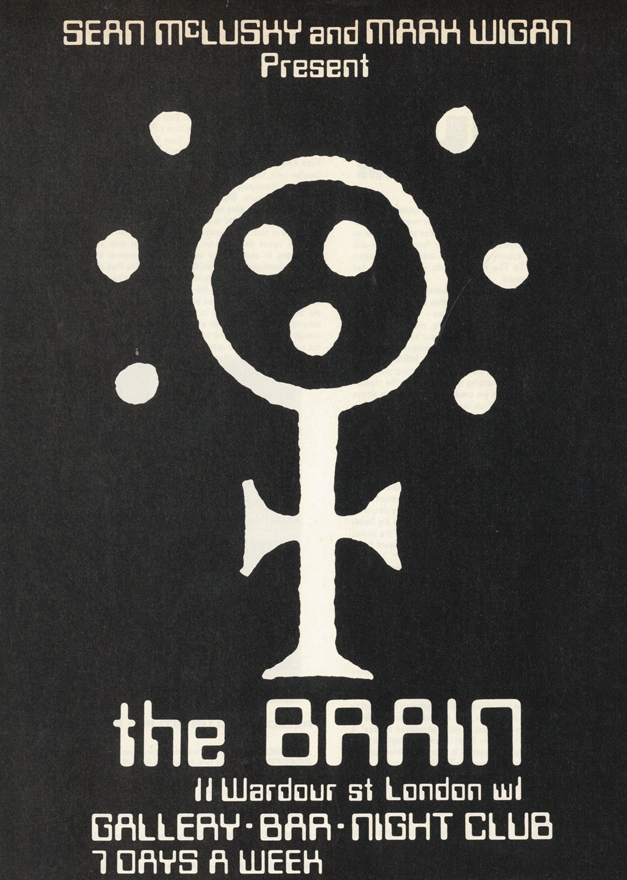
At The Brain there were few such problems. Orbital played a renowned live remix of ‘Chime’ there, while other contributors to ‘Keyboard Wizards…’ include Funtopia, whose Jon Tye went on to manages experimental electronic Lo Records, and Nexus 21, a Detroit-indebted techno unit who would find greater fame as dust-masked rave scallywags Altern-8.
“We verged into art-electronics, things like Sheep On Drugs,” says McLusky, “but The Brain’s Wednesday nights were more about that first wave of British acid house. It was just a tiny drinking club with a dancefloor upstairs, but we had Graeme Park from The Haçienda as our resident DJ.”
McLusky put out two albums of live music from the club on his Brainiak label. These were, arguably, the first live techno collections ever released. The Brain lasted for less than two years, closing in 1991 when the owners of the premises did the classic thing that owners of club premises do, where they think they can do what the promoter’s doing themselves only for it all to fold very fast when they try. In the time it existed, though, there were Brain tours to New York, Iceland and the Edinburgh Festival, and 11 Wardour Street provided one of Britain’s first spaces where live electronic music could first really blossom. It was a microcosmic acid house mecca.
“My experience of that keyboard wizard time was about being within an explosion of zeitgeist,” says Simon Mundey. “It was about just being there, fully embracing everything happening around you, lots of energy, clubs popping up left, right and centre. The music was still new and fresh, and the formulas had yet to be written.”
It was the live electronic musicians of the late 80s and very early 90s who helped contribute to the music that followed after. Their stuff may now sound vintage, played as it was on cantankerous old equipment, but it still throbs with all the power of a true socio-musical phenomenon.
‘The Keyboard Wizards of Acid House’ limited edition, 140g double vinyl is out now on Mixmag Records/Juno, priced £19.99: Mixmag.net/wizards



